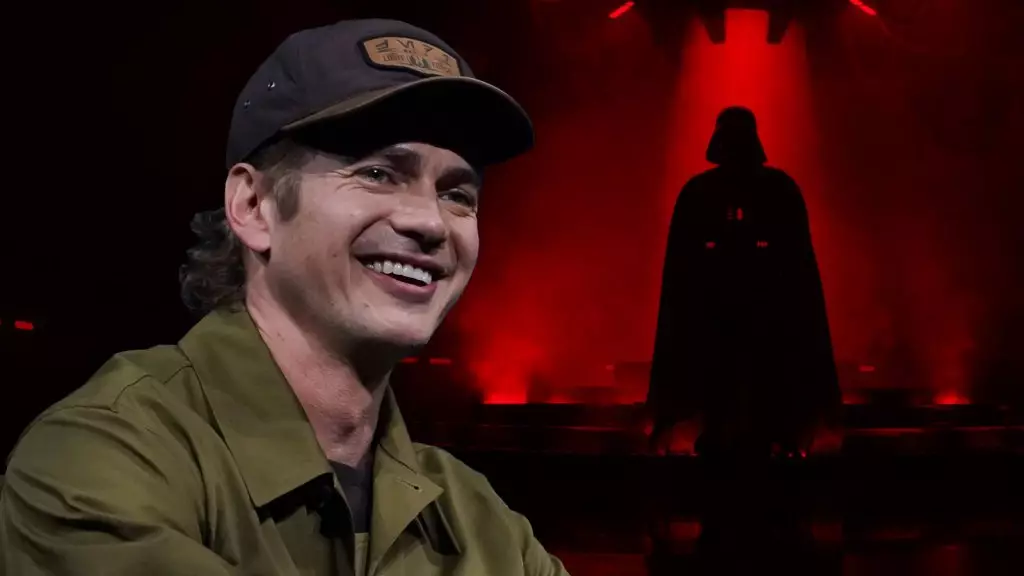When we talk about the legacy of the Star Wars franchise, Anakin Skywalker stands out as one of the most complex figures in cinematic history. Inflating his darker persona as Darth Vader adds layers to his character that have allowed him to transcend mere villainy, creating a multifaceted hero-turned-villain narrative captivating fans worldwide. Hayden Christensen’s recent announcement about returning to this celebrated role in the upcoming season of Ahsoka on Disney+ raises intriguing questions about the character’s evolution and relevance in today’s storytelling landscape.
Christensen’s confirmation of his reprisal during the Star Wars Celebration in Japan is not merely a nostalgic return; it’s an opportunity to reevaluate what Anakin has come to symbolize across generations. Anakin’s journey from a promising Jedi Knight to the epitome of darkness provides rich narrative potentials that can resonate well with modern audiences grappling with the complexities of moral ambiguity in an increasingly polarized world. Christensen hints at untapped stories promising deeper dives into the emotional and psychological conflicts that make Anakin so relatable.
The Complexity of Darth Vader
It’s fascinating to note how Christensen expresses an evolving understanding of Anakin’s character. His assertion that “we’re getting to explore different sides of Anakin” suggests a commitment to a nuanced characterization, embracing not just the heroic arcs but also the flawed decisions that lead to Anakin’s demise. We live in an age where moral complexities are openly discussed; thus, a character like Anakin can serve as a symbol for our own struggles with humanity, reckoning, and redemption. The acknowledgment of themes such as guilt and reconciliation speaks to viewers who seek depth in their heroes, or rather, anti-heroes.
Moreover, the portrayal of Anakin as a character burdened by his choices opens up a dialogue about mental health and the struggle to reconcile one’s past—something we desperately need more transparency around in contemporary storytelling. Anakin’s descent into darkness represents a quintessential struggle, one that reflects not only individual battles but also collective societal challenges that many are navigating today.
Christensen’s Passion for the Role
What truly stands out is Christensen’s palpable enthusiasm for returning to a character he loves. His statement about hoping to continue exploring the themes of Anakin’s character bodes well for the direction of the Ahsoka series. This isn’t a simple revival for the sake of nostalgia. Instead, it’s an exploration rooted in deep emotional stakes and a desire to present characters who aren’t simply black and white. The complexity that Christensen embodies offers the chance to engage viewers in meaningful discussions about redemption, loss, and identity.
With the franchise continuously evolving, Christensen’s involvement ensures that Anakin remains a character whose story is not yet finished. We are reminded that even in a galaxy far, far away, the questions of self-discovery and internal conflict are universal. As Christensen prepares to step into the shadows of Vader once again, he’s poised to not just recreate the past but redefine it.


Leave a Reply